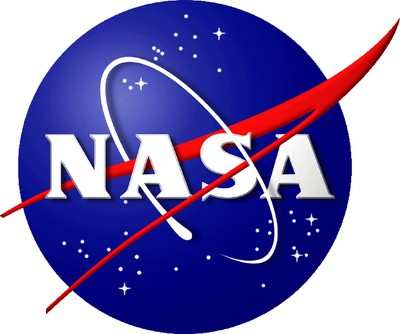Projects Provide Students The Opportunity To Engage In NASA’s Moon To Mars Exploration
NASA’s Teams Engaging Affiliated Museums and Informal Institutions (TEAM II) program has selected four informal education organizations to promote STEM learning and help inspire the next generation of explorers. The projects provide students the opportunity to engage in NASA’s Moon to Mars exploration approach through science, technology, engineering, and math, and aim to reach populations that are historically underrepresented in STEM professions.

Approximately $3.5 million in total will be awarded through cooperative agreements, which provide more opportunities for interaction between recipients and NASA than the grants previously awarded through TEAM II.
The selected institutions and their projects are:
Bell Museum of Natural History and Planetarium, Minneapolis: A Charge Forward: Activating the Nation's Planetariums to Excite the Public About Human Space Exploration of the Moon and Beyond
Bell Museum of Natural History will provide a planetarium show and activity kit on long-duration spaceflight with the goal of being designed to be accessible to the hearing-impaired community and participants with disabilities. The show and activity kit will also highlight careers of such employees within NASA.
Carnegie Institute, Pittsburgh: Blueprints to Blast Off: Making Our Way to the Moon to Mars
Carnegie Institute will create dynamic programs for schools and museums where participants can act as team members of NASA’s Artemis program by creating solutions to problems encountered in an imaginary space journey to the Moon.
EcoExploratorio, Museo de Ciencias de Puerto Rico, San Juan: Innovative Space Learning Activities (ISLA) Center
EcoExploratorio will provide STEM experiences around NASA’s Moon to Mars content to schools and community centers across Puerto Rico including a NASA Summer Exhibition and STEM Interactive Learning Center at Plaza Las Americas, the largest shopping center in the Caribbean.
Science Museum of Minnesota, Saint Paul: Build a Mars Habitat – Survive and Thrive...
The Science Museum of Minnesota will provide a museum exhibit for visitors to construct their own imaginary habitat for successful living on Mars.
This year’s award program will involve cooperative agreements with the selected organizations and will result in more interaction between recipients and NASA than the previous grant awards from TEAM II.
“These cooperative agreements will enable the recipients’ efforts to focus on the most up-to-date information from NASA,” said Beverly Girten, director of institutional engagement in NASA’s Office of STEM Engagement. “This will help connect students to the current missions and programs, such as Artemis, and inspire the next generation of space explorers.”
The selected organizations will implement their proposals over the next three years, in collaboration with NASA's Museum Alliance – a nationwide network of informal education professionals at more than 1,000 science museums, planetariums, NASA visitor centers, Challenger Centers, youth-serving organizations, camps, libraries, visitor centers at observatories and parks, nature centers, aquariums, and zoos.
The STEM experiences provided by TEAM II directly align with NASA missions, including plans to send astronauts to the Moon under the Artemis program and prepare for human exploration of Mars. NASA’s Artemis program will send science and technology demonstrations forward to the Moon before landing the first woman and next man on the lunar surface by 2024. Finding and using resources in deep space is a key step for human exploration farther into the solar system.
(Source: NASA news release)
 ANN FAQ: Contributing To Aero-TV
ANN FAQ: Contributing To Aero-TV Aero-News: Quote of the Day (12.10.25)
Aero-News: Quote of the Day (12.10.25) ANN's Daily Aero-Term (12.10.25): North Atlantic High Level Airspace (NAT HLA)
ANN's Daily Aero-Term (12.10.25): North Atlantic High Level Airspace (NAT HLA) Airborne 12.08.25: Samaritans Purse Hijack, FAA Med Relief, China Rocket Fail
Airborne 12.08.25: Samaritans Purse Hijack, FAA Med Relief, China Rocket Fail Airborne-Flight Training 12.04.25: Ldg Fee Danger, Av Mental Health, PC-7 MKX
Airborne-Flight Training 12.04.25: Ldg Fee Danger, Av Mental Health, PC-7 MKX



